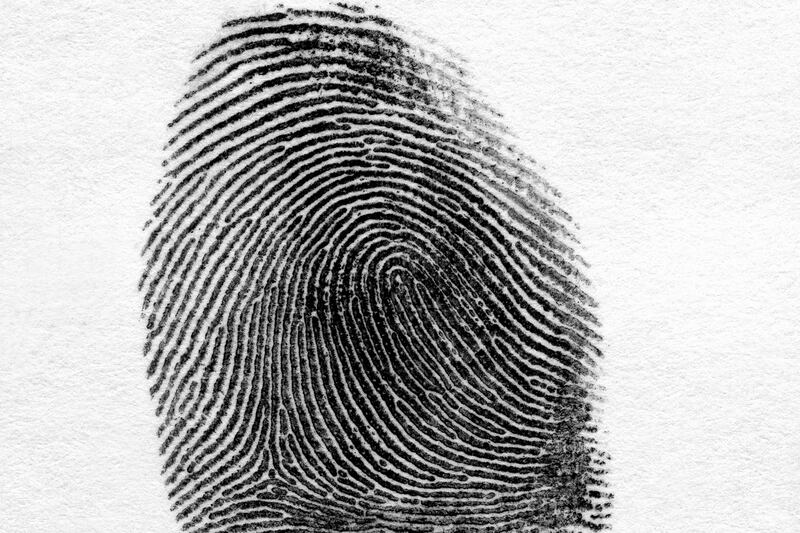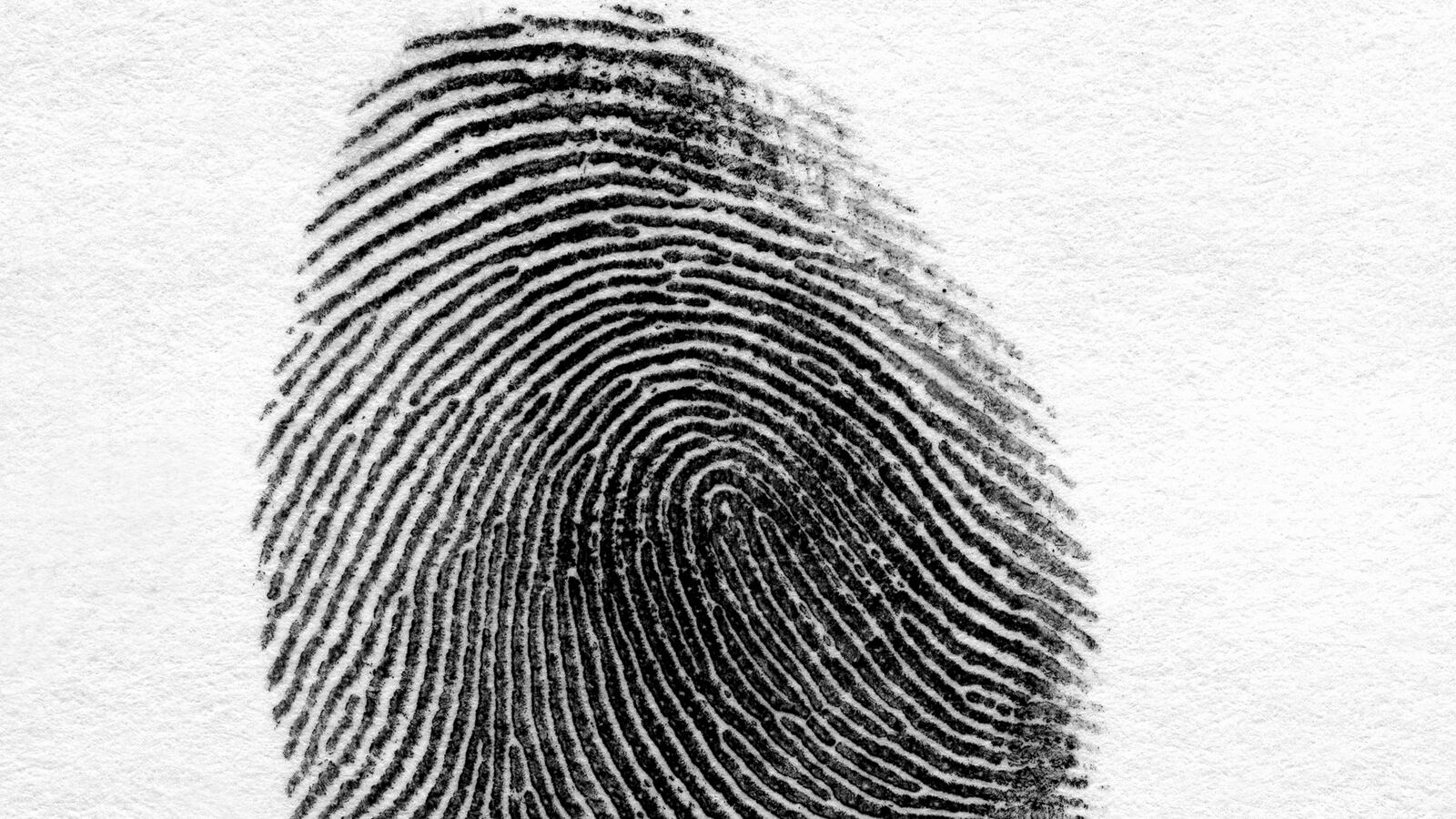The first thing I thought about Apple’s announcement Tuesday that the next generation of high-end iPhones will be unlocked with a fingerprint was, of course, “cool.” Then I thought about Stephanie Upchurch.

Upchurch, a pal of mine and (great) massage therapist, moved from Oregon to Washington a couple years ago, which required her to obtain a new license to practice, which required her to submit a set of fingerprints for not just state but also federal approval, which is when she realized she doesn’t have any fingerprints. At least, not fingerprints that are sufficiently defined to show up on a computer screen.
Upchurch learned this after applying her digits to a scanner at the Eugene Police Department, at which point she was warned the image was pretty faint, likely the result of so many years of shoulder-rubbing. Her first reaction: “Maybe I can break into houses now.”
Then came a rejection letter from the Washington State Department of Health. Another try, another rejection letter. She tried again up north, in King County, and got state approval but rejected by the federal government. It took six depressing months before Upchurch could work.
Now, she’s wondering if the next big thing in phone technology will leave her in the dust. “I’m kind annoyed with the iPhone lately anyway,” she told me Wednesday. “But it would suck if I’m not able to use it.”
To be clear, only one of the two iterations of the iPhone Apple announced Tuesday has a fingerprint sensor on it, so Upchurch has nothing to worry about—for now. But what happens if all of the company’s future phones are locked with fingerprint sensors, and then all the other mobile phone, tablet, and laptop manufacturers decide they’ve no choice but to get on board? After all, people forgetting passwords is a persistent problem for the tech sector. How many more masseuses will be left out in the howling wind?
It’s not just massage therapists, either. There are fingerprintless humans walking all over the planet, thanks to too much hand washing (nurses), too much hard working (laborers), or too many years on the planet (grannies). Patti Lightflower is a longtime palm reader in Cincinatti, and she’s seen all kinds of fingers, from faded to robust; from the ulner loop to the whorl.
The younger, older, and more sensitive you are, the fainter your fingerprints, Lightflower told me in an interview. Babies’ fingerprints are so fine it would take a magnifying glass to see them. The older you get, especially the more frail you get, the harder your fingerprints are to see. The more feminine, the more emotionally sensitive, the finer the fingerprint.
Wimpy fingerprints can also be an occupational hazard, says Ed Richards, a law professor and national-security expert at Louisiana State University. Hairdressers, whose hands are in regular contact with an array of chemicals, are prone to fine fingerprints. Latex gloves can cause skin peeling. Any washing of the hands soaks the tissue on a finger and threatens what creates fingerprints: ridges of dead tissue. “There are a lot of people who don’t have readable fingerprints,” Richards says.
Chuck Strickler of Decatur, Michigan, found himself in a pickle right after September 11. He was a construction worker, a boilermaker, with 20 years of experience building new power plants and doing repairs. He didn’t realize his fingerprints had worn off from all that work until stiffer rules kicked in for the union jobs he was working at nuclear-power plants. He showed up at a gig in Bridgman not long after the terror attacks, had his fingerprints taken, and got quickly denied. “They couldn’t verify me, so therefore I wasn’t hired,” Strickler said.
He could go through a process to get a background check, but that took an average of six to eight weeks, and by then any job he wanted was long over with. Strickler is 70 and retired and doesn’t use a smartphone, but he doubts he’d be able to get a fingerprint scanner to read his weathered digits. “They just wore off,” he said.
So, will the fingerprint iPhone be able to accommodate everyone? That depends largely on how the sensors are built, Lightflower thinks. It shouldn’t be necessary to get a complete, perfect print to identify a person, but what if the sensor is relying on patterns released from the oils on the finger or thumb, rather than just a picture? What happens the second and third time you go back and log in again? Will the prior smudges muck up the reading? What if you set up the phone using your right index finger and then your right index finger gets chopped off in a food processor? What if your fingers are all puckered up from swimming?
Ken Lagerstrom, another palm reader, advises future fingerprint scanner users to pick the clearest print they have when completing the initial scan. There’s usually at least one good finger left, typically the baby or middle finger. Also, “slightly dirty fingerprints are easier to read than clean ones.”
Richards assumes there’ll be some kind of opt-out, at least in these early version of a phone, allowing users to still get in with a password. He’s also not sure how popular the fingerprint option will be anyway. Fingerprint scanners have been available on some laptops for years, and they never took off. “It’s not clear that people are crying out for this feature,” he said. “I didn’t use it [on laptops] because I’d rather just type my entire password in.”
Apple is hoping he’s wrong about that. For her part, Upchurch is hoping the engineers find a creative way to accommodate her: “Would my toes work?”






